(September 13, 2023) When his parents began their journey of conceptualising and building the Noormahal Palace, they spent a considerable time on the project. Naturally, this helped expose Roop Partap Choudhary to the many discussions and the extensive work that went on for years. Currently serving as the Executive Director of the Noormahal Palace Hotel (India), Choudhary is the founder of Colonel Saab in London and an award-winning hotelier.
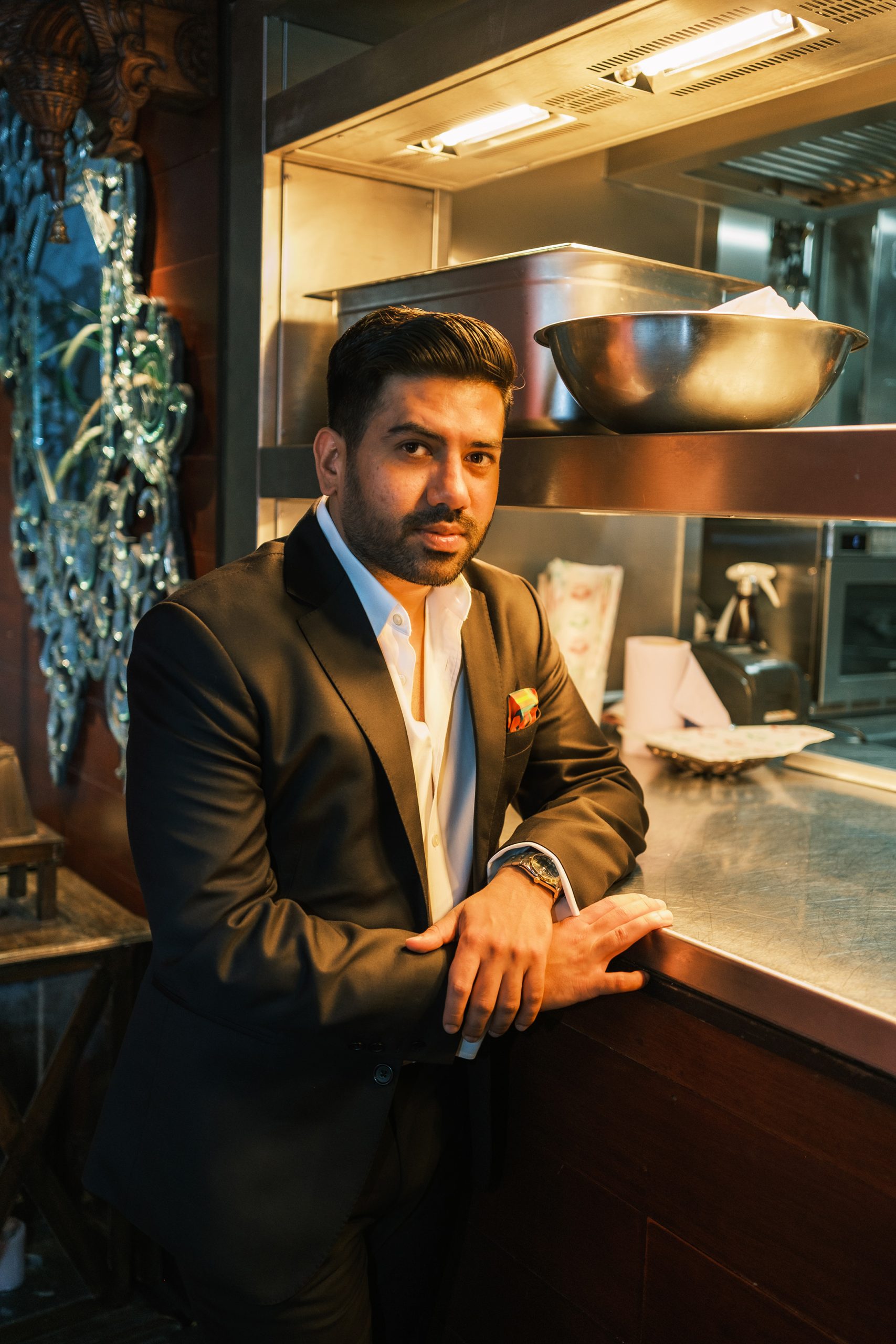
Hotelier Roop Partap Choudhary
“I have inherited the love for our royal heritage, hospitality, and creativity from my parents. This process of building Noormahal Palace gave me a chance to give the right outlet to my natural aptitude. I went through formal education in the field and then earned the opportunity to work with some reputed organisations to understand the functionality of an organisation. My ultimate goal was to make myself capable enough to take on the role of an entrepreneur,” shares the hotelier as he connects with Global Indian.
Building a magnum opus
After completing his schooling in Shimla, he moved to the United States for his undergraduate degree, and later relocated to Singapore for his master’s degree. For someone who travelled extensively across the country, courtesy his father’s service in the Indian Army, Choudhary was exposed to India’s glorious heritage at a young age.
“My parents have been my inspiration, on one side was the army background of my father, and on the other my mother’s passion for art and their dedication towards family. What left a lasting impression on me was also their passion for hospitality and their respect for our rich royal heritage. I am a hotelier both by profession and passion. Before embracing the family legacy of heritage hospitality, I started my career by doing internships at Galaxy Hotel and ITC Maurya, then graduated to join Kingdom of Dreams in Corporate Sales. This was the invaluable time I spent in learning about the luxury hospitality industry. But my biggest learning experience has been Noormahal Palace as I have been associated with it from a very young age,” says the hotelier.
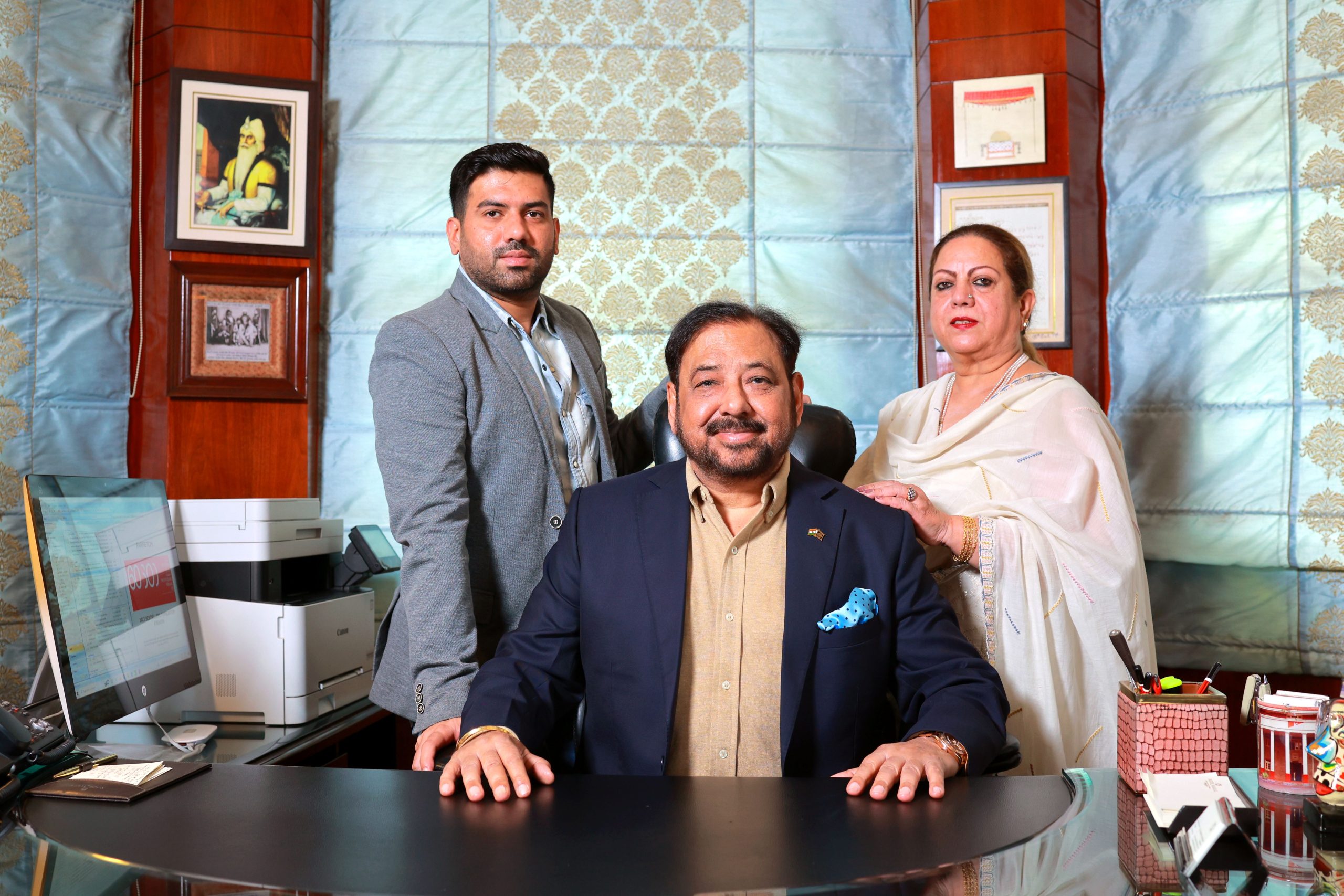
(L-R) Roop Partap Choudhary, Col. Manbeer Choudhary and Binny Choudhary
During the time that his parents were building the Noormahal Palace, Choudhary was captivated by the entire concept. “I was fascinated with the idea, the thoughts, the details, the architecture, the décor, and everything else that went with it,” says the hotelier. The major years of his career were spent in Noormahal Palace, which he calls his unofficial first-hand experience in the hospitality industry when he got a sneak peek into what really goes into building a palatial hospitality brand. “I joined Noormahal Palace officially in 2014 and soon took over the leadership role. It was a huge responsibility but I had the right support to help me pass through the initial phase,” he adds.
Leading by example
Noormahal Palace has evolved dramatically through the years, especially during his tenure, seamlessly adopting good new practices, improving sustainability, and upgrading technology as a natural progression. In recent years, the brand has changed its image. It has also changed the way it connects with guests and audiences, the focus on digital marketing and dialogue have been key in the marketing strategy. Through this time the brand has also built a strong team which is helping it to grow every day. Noormahal Palace has grown and added many new venues in the existing campus for MICE, weddings, and wedding functions of all sizes.
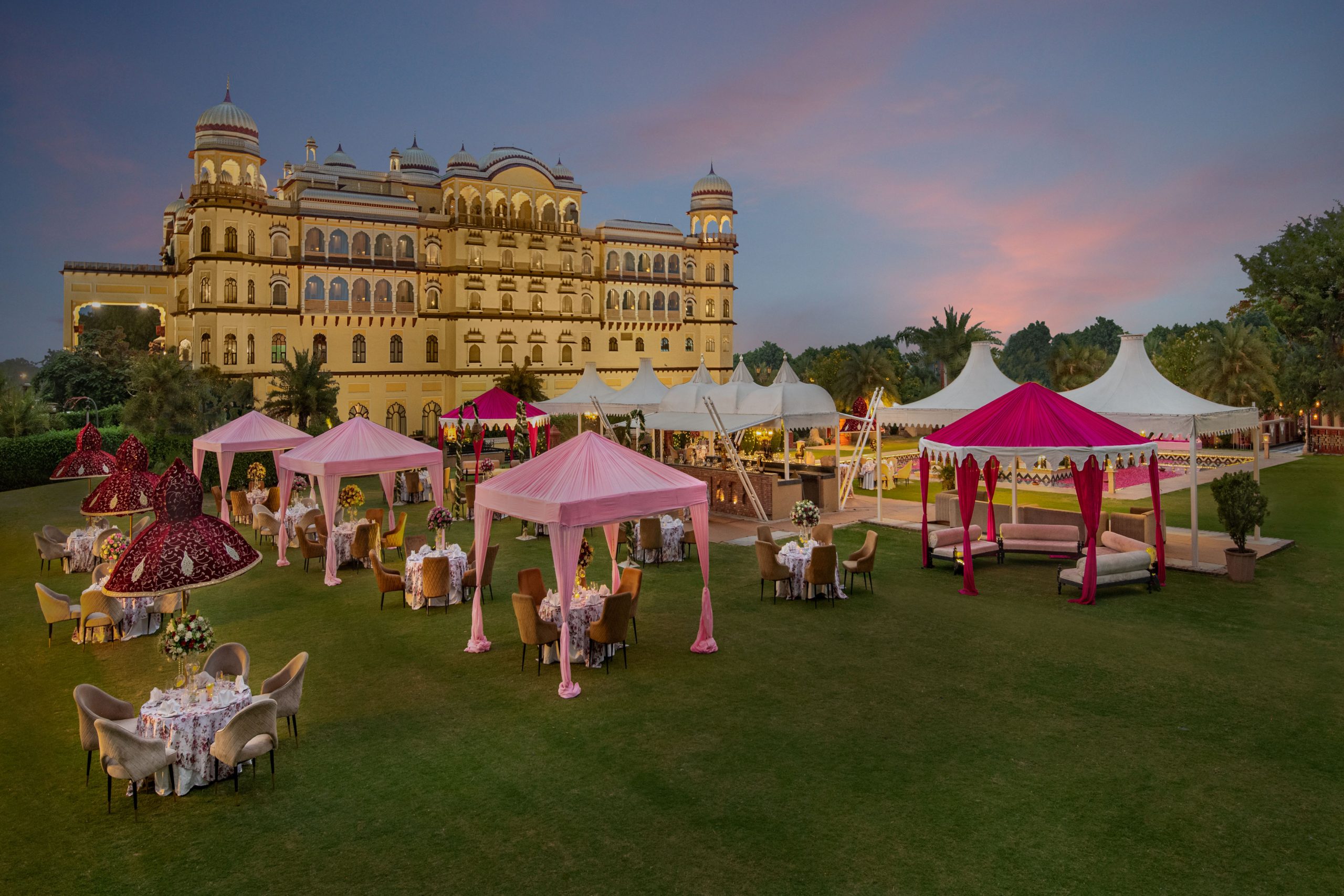
Noormahal Palace, Karnal
The Noormahal brand took a leap by making its first presence on the global canvas with the Indian fine dining restaurant ‘Colonel Saab’, right in the heart of London. A feat that’s nothing short of an achievement as it worked well despite the pandemic.
London Calling
He conceived the idea of Colonel Saab in early 2019 and started planning as the year progressed. “As we were working on the project, the COVID pandemic hit us hard and we had to stop the physical work for a good amount of duration. Colonel Saab is an ode to my journey with my father who has had a decorated service as an officer of the Indian Army and my mother who supported him throughout. It is not only an expression of my journey with my parents but also my passion for showcasing the depths of Indian cuisine to the global food-lover community. The hospitality industry trends of London rather than the global trends are very different from India. Here Indian food is our food, but there it is seen from an outsider’s point of view. I am delighted that in a very short span of time, we have been able to get it right and Colonel Saab has made a significant mark in the global food lovers’ community,” says Choudhary.

Colonel Saab, London
As a second-generation entrepreneur, who comes after people who have created brilliance, the task of filling in such big shoes is always one of the biggest challenges. “Being an entrepreneur means never giving up, always trying to find solutions, and always being on top of any situation. There have been difficult situations some of which are common to all hospitality businesses or all businesses and some as huge as the COVID pandemic which are unprecedented. But one can overcome all these situations with persistence and the right team to support,” he says.
Being an entrepreneur means learning every day. Work is the biggest teacher and the most valuable lesson it teaches is that it’s never the end, there is always a way ahead. “Someone who wants to embark on the entrepreneurial journey should be open to learning from anyone, no matter their seniority,” he adds.
Looking Ahead
The hospitality industry is very demanding and that makes it very difficult to maintain work-life balance. “Still, I try my best to maintain a healthy work-life balance. In my personal time, I like to read books, especially autobiographies of inspirational people. I also invest time into exploring and enriching my art collection, some of the artworks and antiques that I have acquired are displayed at Noormahal Palace and Colonel Saab. I also like to spend time with my family when we all can take off time from work,” says Choudhary.
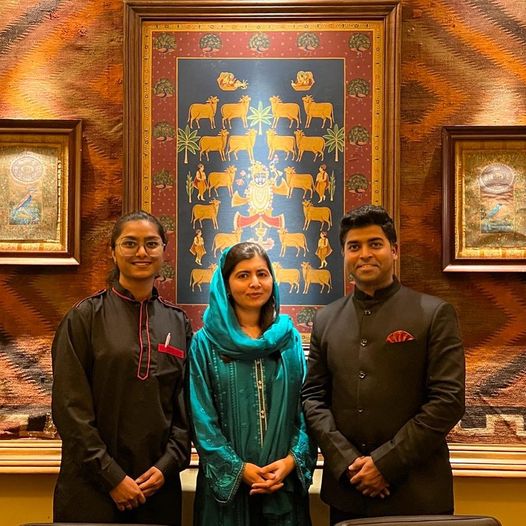
Nobel Peace Prize laureate, Malala Yousafzai at Colonel Saab, UK
With Noormahal Palace and Colonel Saab already making their mark, the next step is to expand the brand, both in India and across the globe. His family and he are now looking at making more investments towards the expansion of the brand.
- Follow Roop Partap Choudhary on LinkedIn, Instagram, Facebook, and Twitter
- Follow Noormahal Palace on Instagram and their website
- Follow Colonel Saab on Instagram, Facebook, LinkedIn, and their website



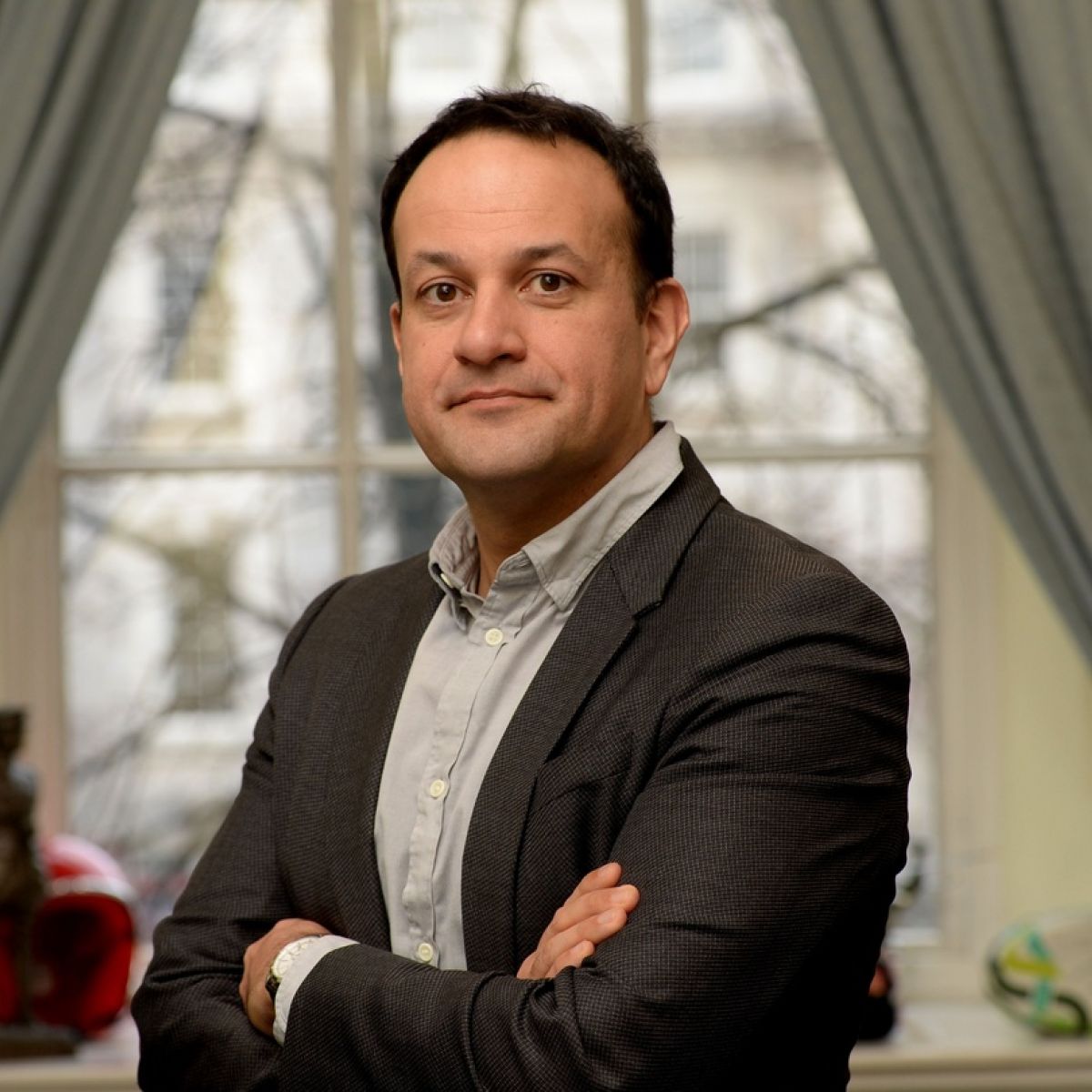 Leo Varadkar, Tánaiste of Ireland[/caption]
Leo Varadkar, Tánaiste of Ireland[/caption]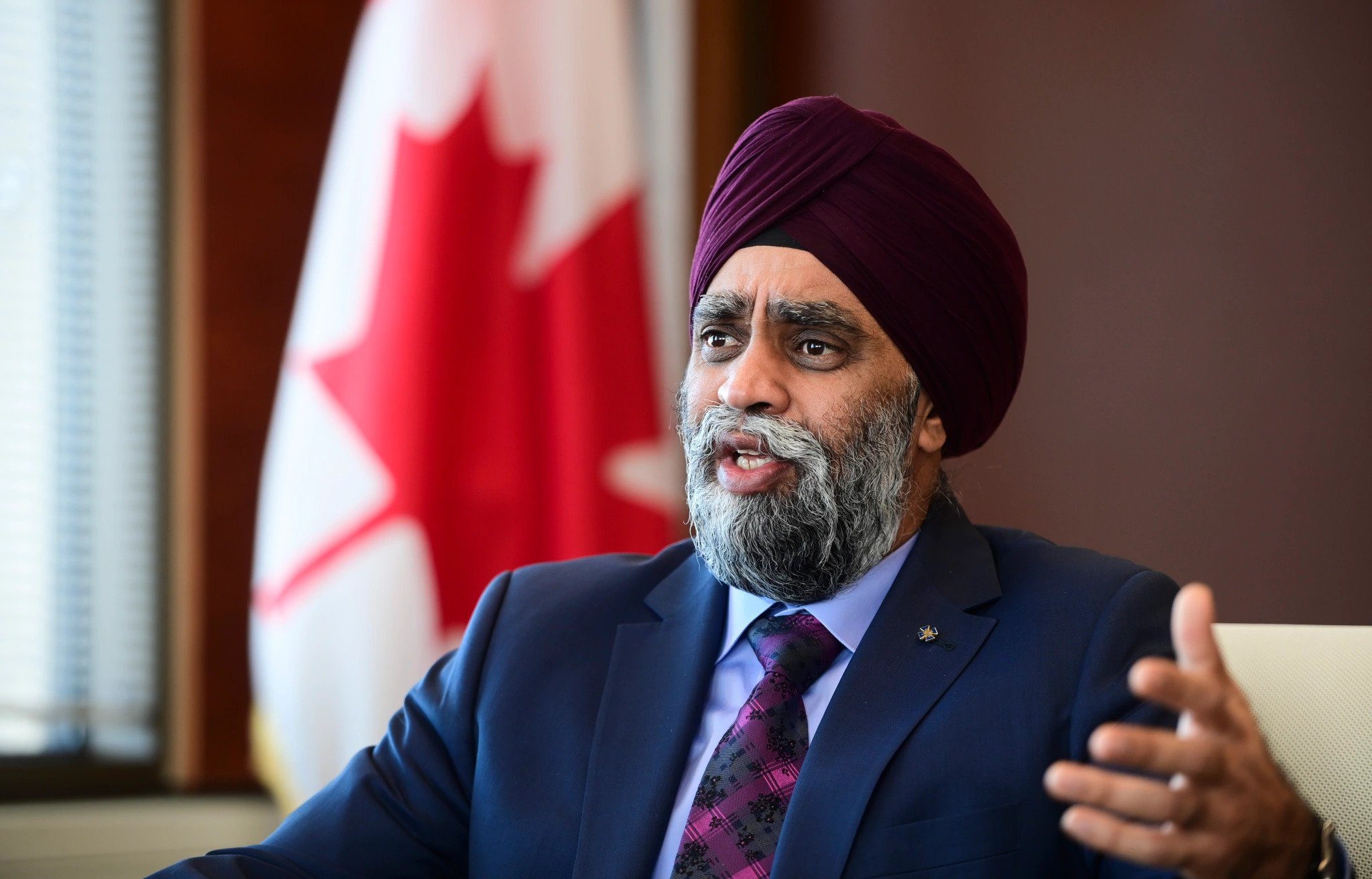 Harjit Sajjan, minister of international development of Canada[/caption]
Harjit Sajjan, minister of international development of Canada[/caption]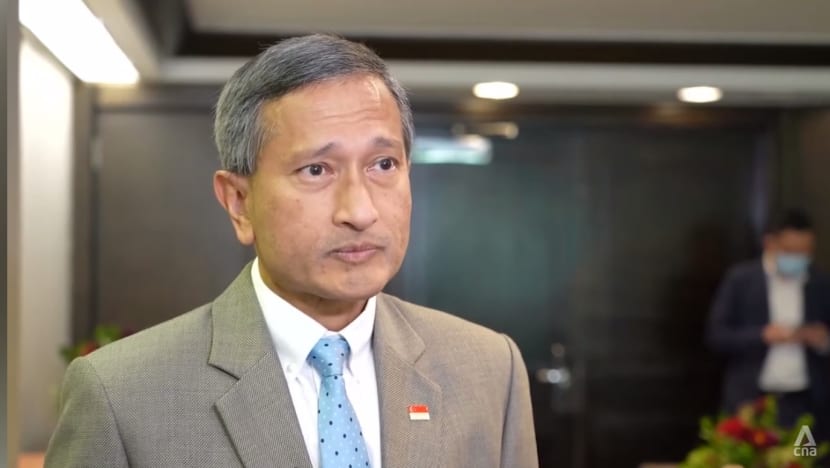 Vivian Balakrishnan, minister for foreign affairs, Singapore[/caption]
Vivian Balakrishnan, minister for foreign affairs, Singapore[/caption]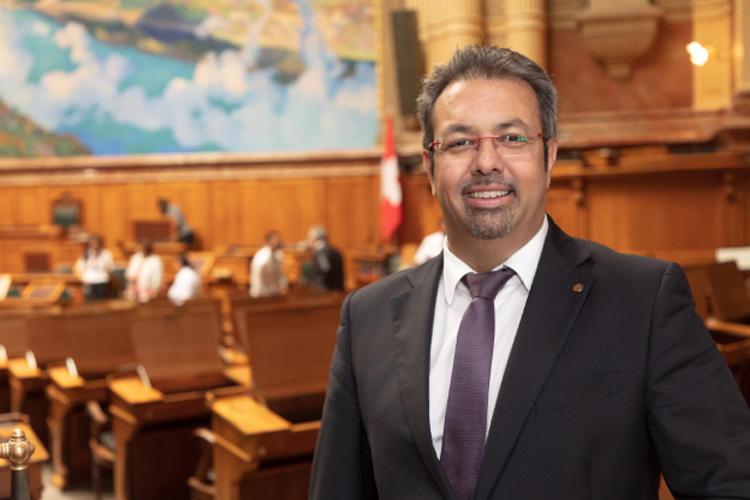 Nik Gugger, member of the national council, Switzerland[/caption]
Nik Gugger, member of the national council, Switzerland[/caption]
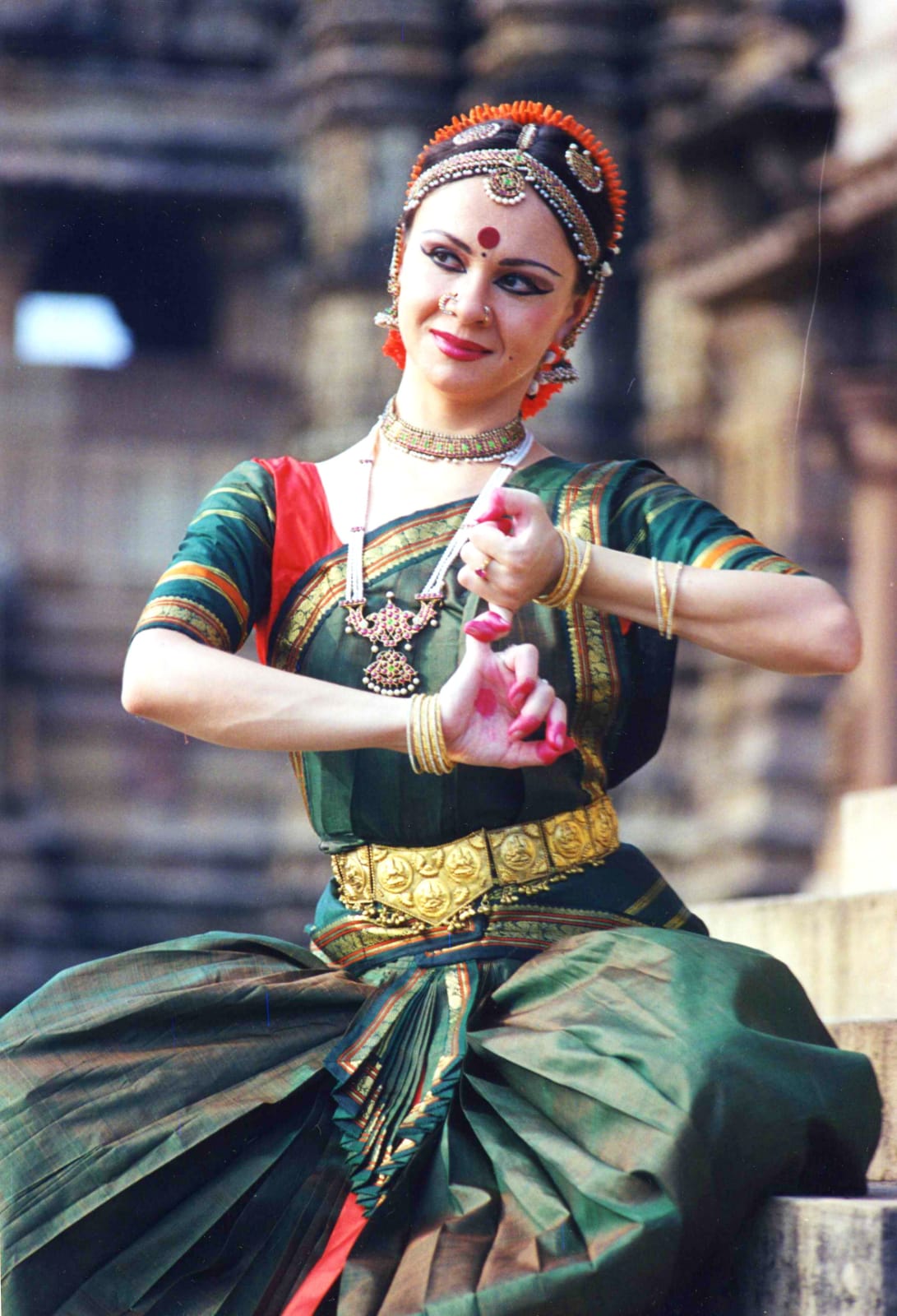 Ganna Smirnova[/caption]
Ganna Smirnova[/caption]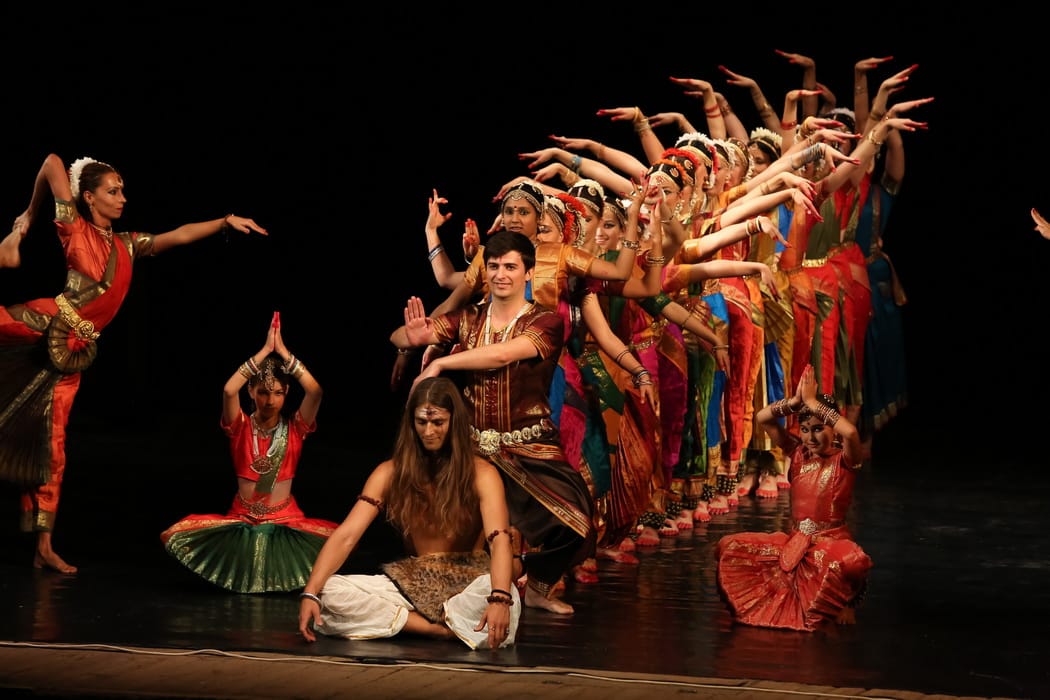 Ganna Smirnova's students[/caption]
Ganna Smirnova's students[/caption]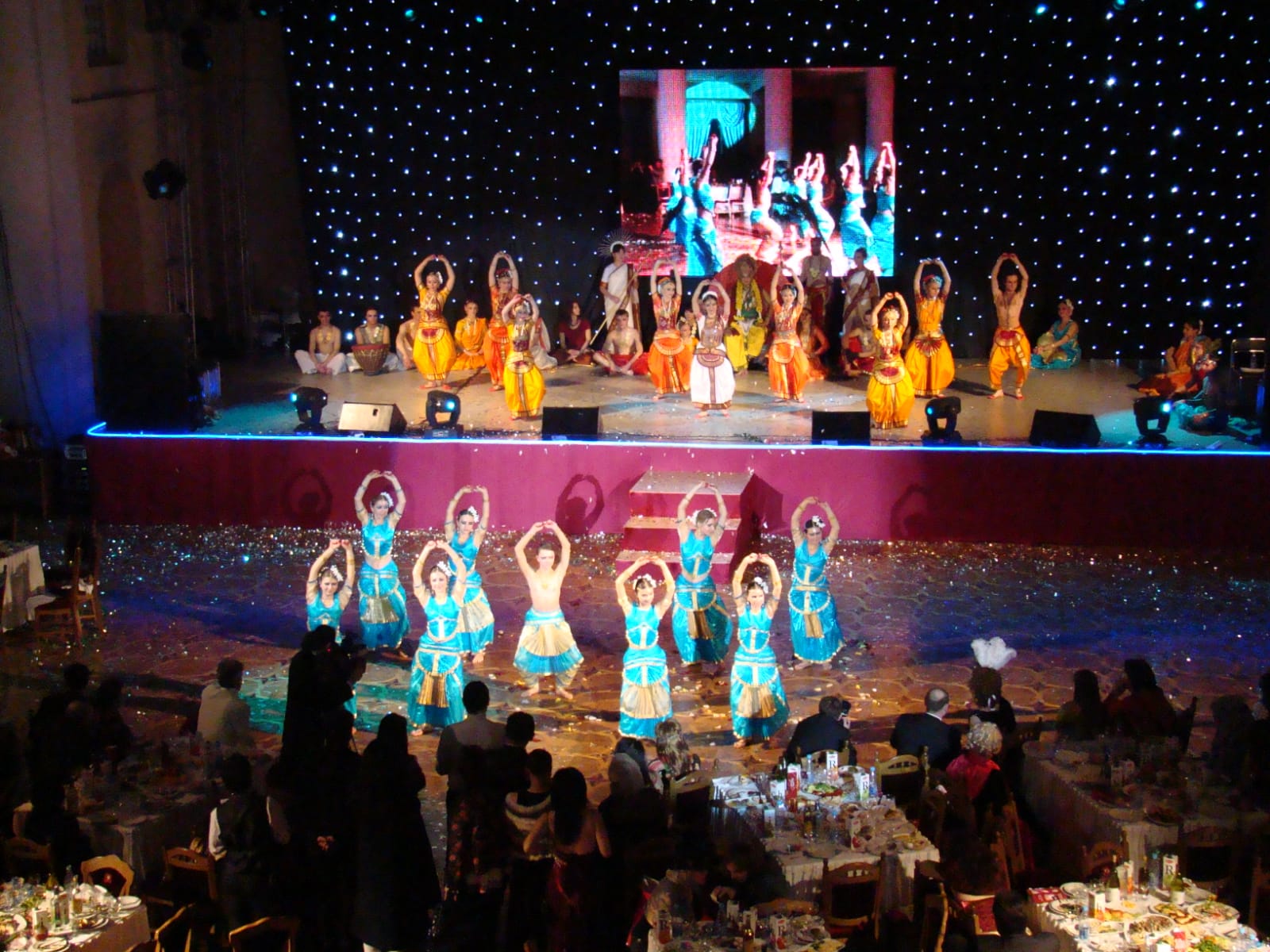 Ganna Smirnova's troupe[/caption]
Ganna Smirnova's troupe[/caption]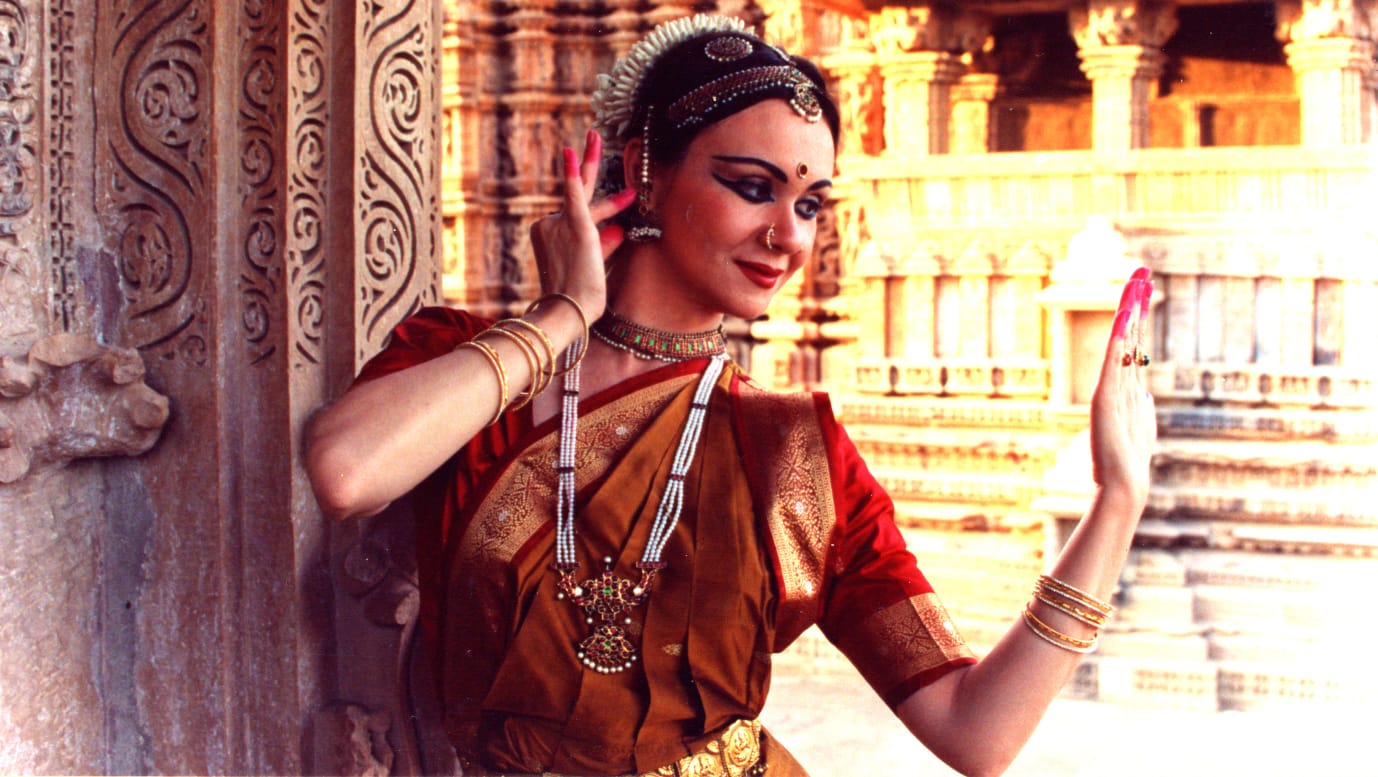 Ganna Smirnova[/caption]
Ganna Smirnova[/caption]
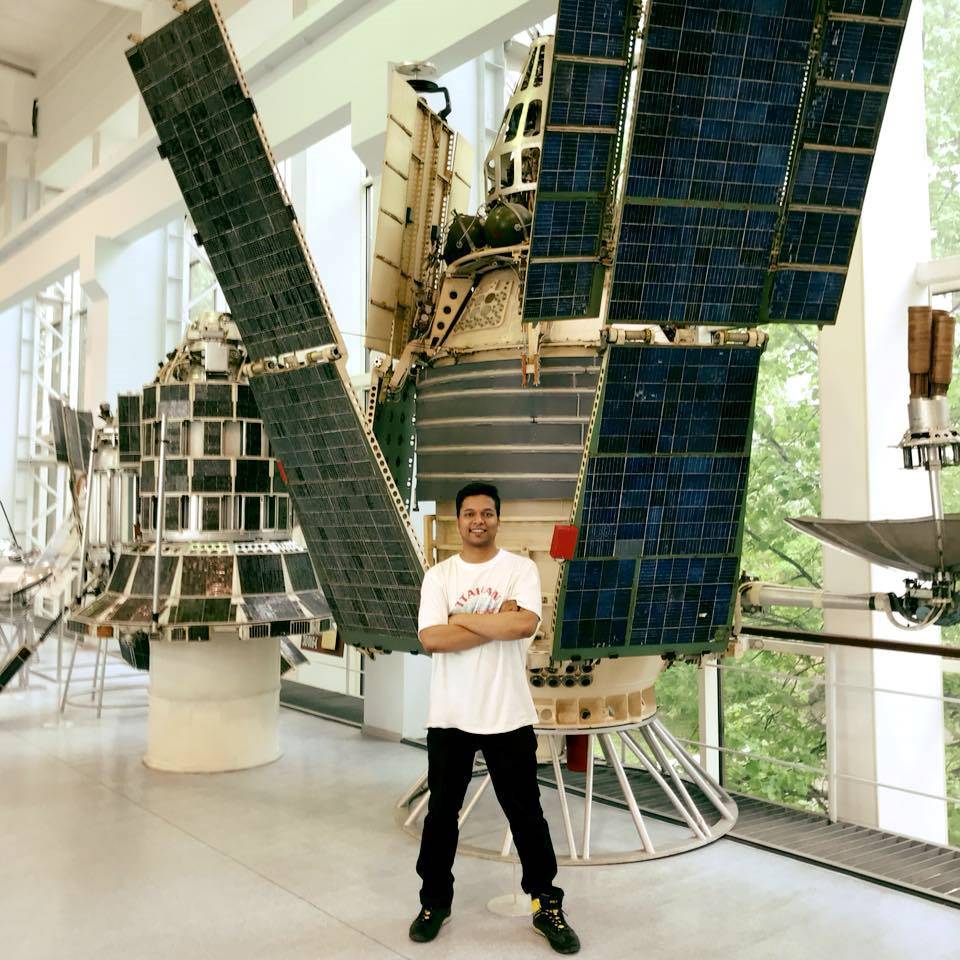 Dr Baraskar at the ROSCOSMOS Facility[/caption]
Dr Baraskar at the ROSCOSMOS Facility[/caption]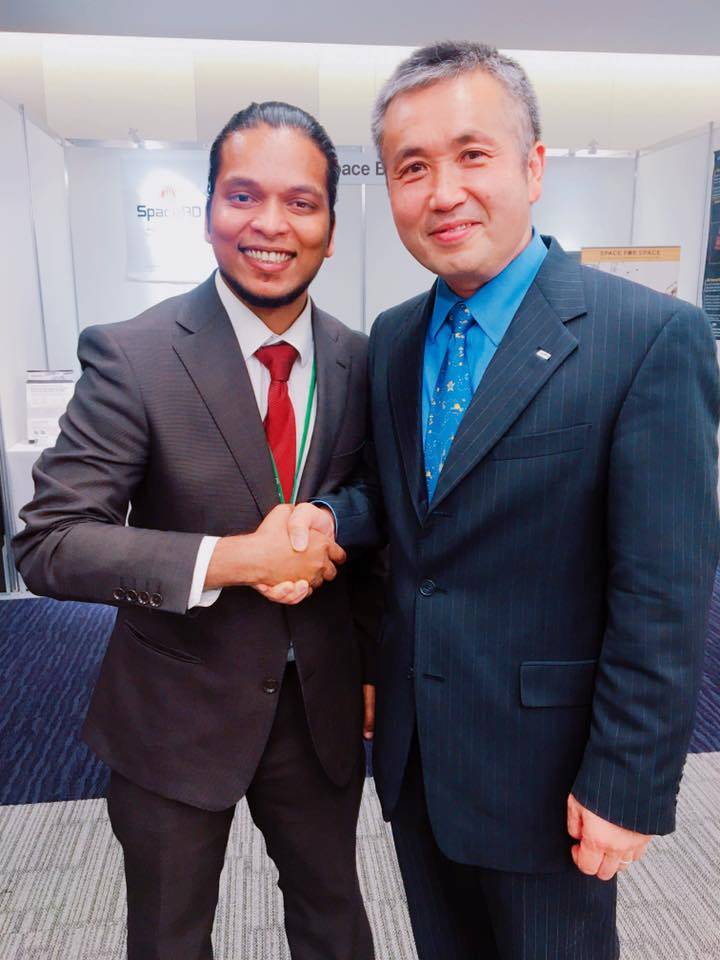 Dr Baraskar with Commander Astronaut Dr. Koichi Wakata[/caption]
Dr Baraskar with Commander Astronaut Dr. Koichi Wakata[/caption]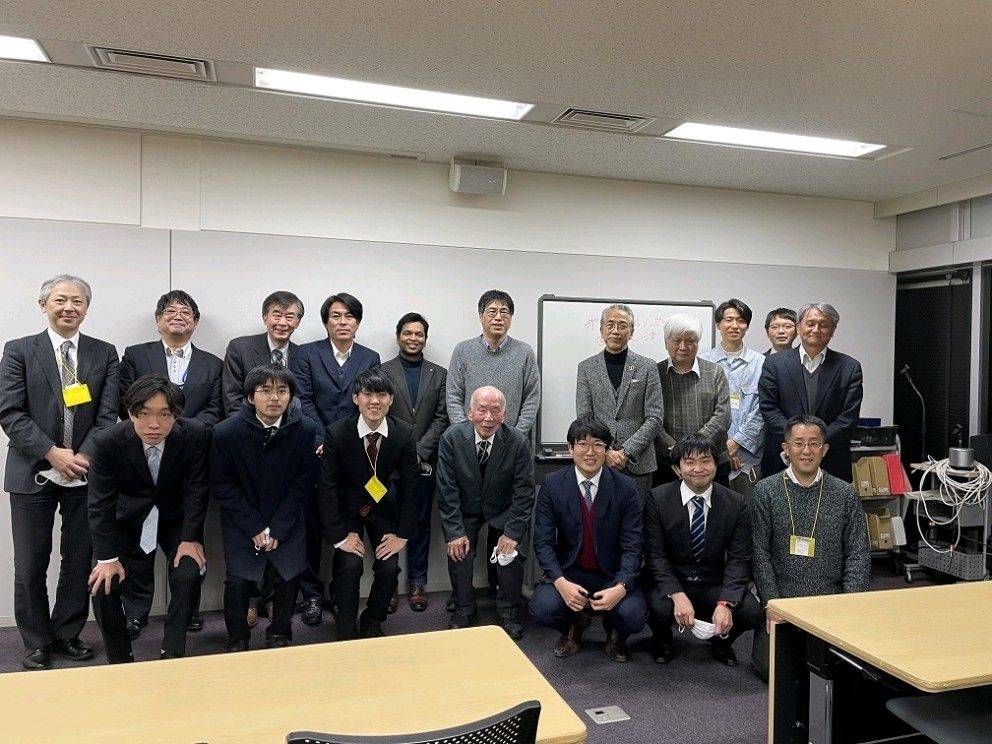 Dr. Baraskar with the Japanese Space Solar Power Society 2021[/caption]
Dr. Baraskar with the Japanese Space Solar Power Society 2021[/caption]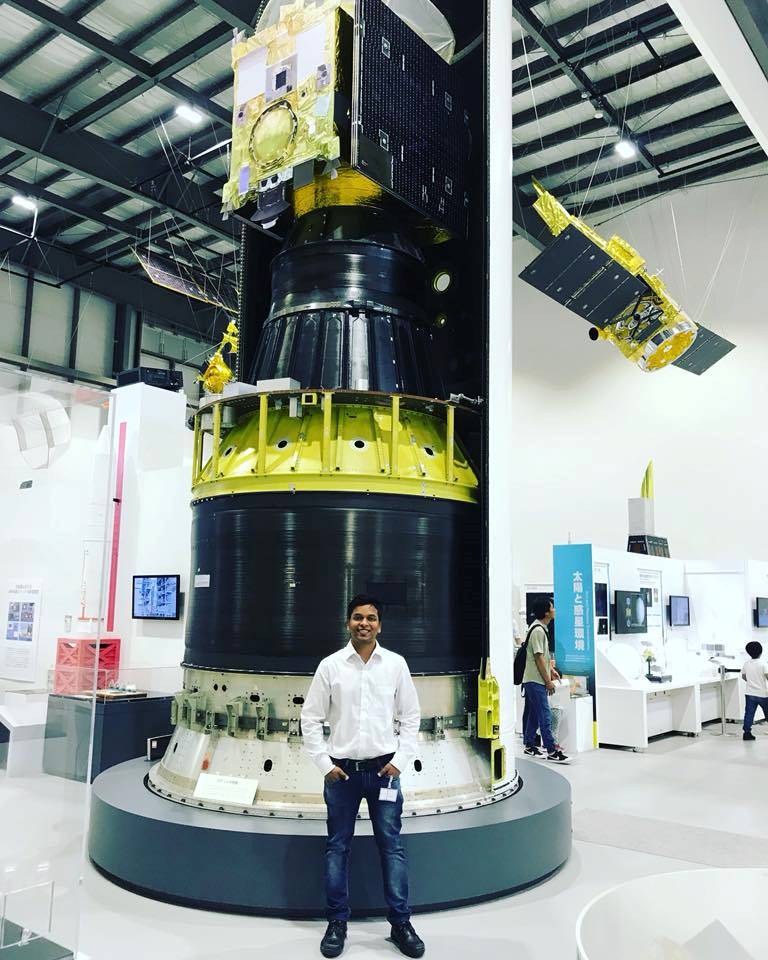 Dr Baraskar with Hayabusa 2, ISAS-JAXA Japan[/caption]
Dr Baraskar with Hayabusa 2, ISAS-JAXA Japan[/caption]
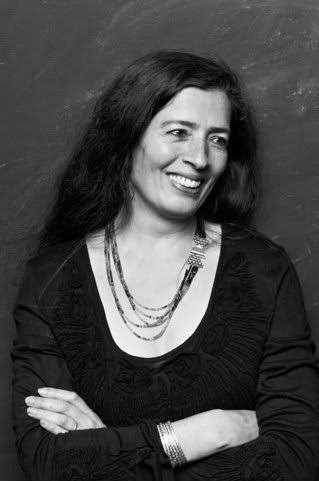 Bem le Hunte[/caption]
Bem le Hunte[/caption]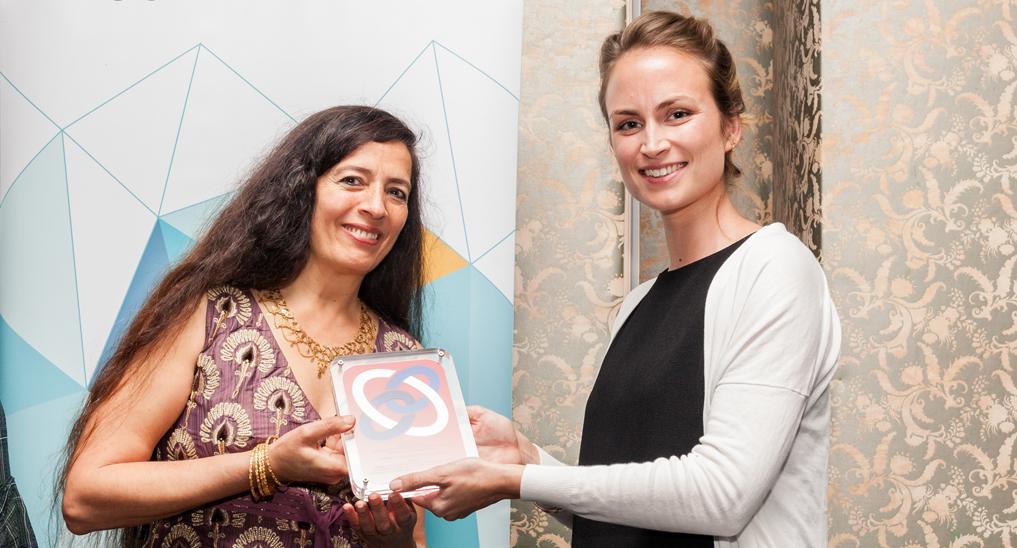 Course Director, Associate Professor Bem Le Hunte accepting the BHERT Award.[/caption]
Course Director, Associate Professor Bem Le Hunte accepting the BHERT Award.[/caption] Bem Le Hunte[/caption]
Bem Le Hunte[/caption]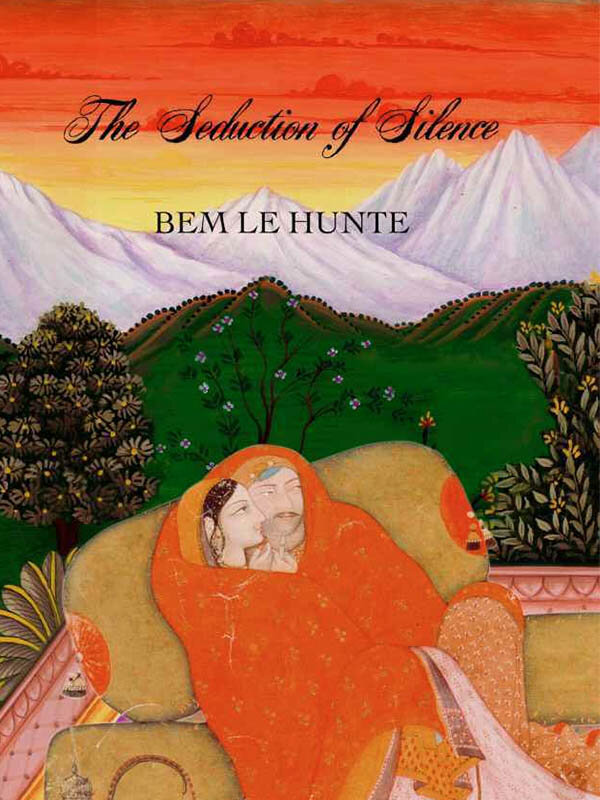

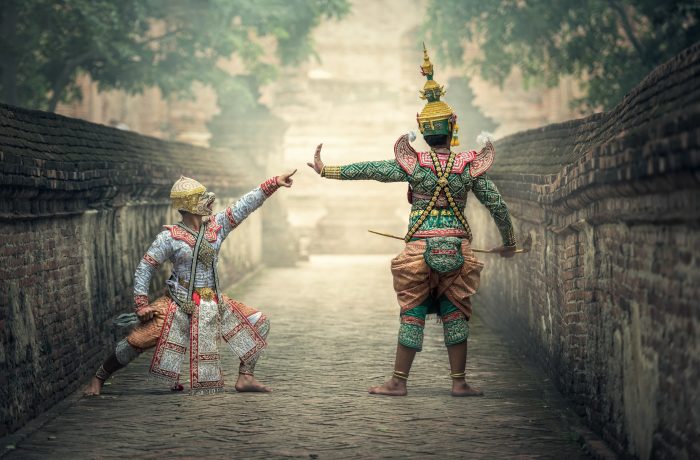 Thailand's artists depicting the story of Ramayana[/caption]
Thailand's artists depicting the story of Ramayana[/caption]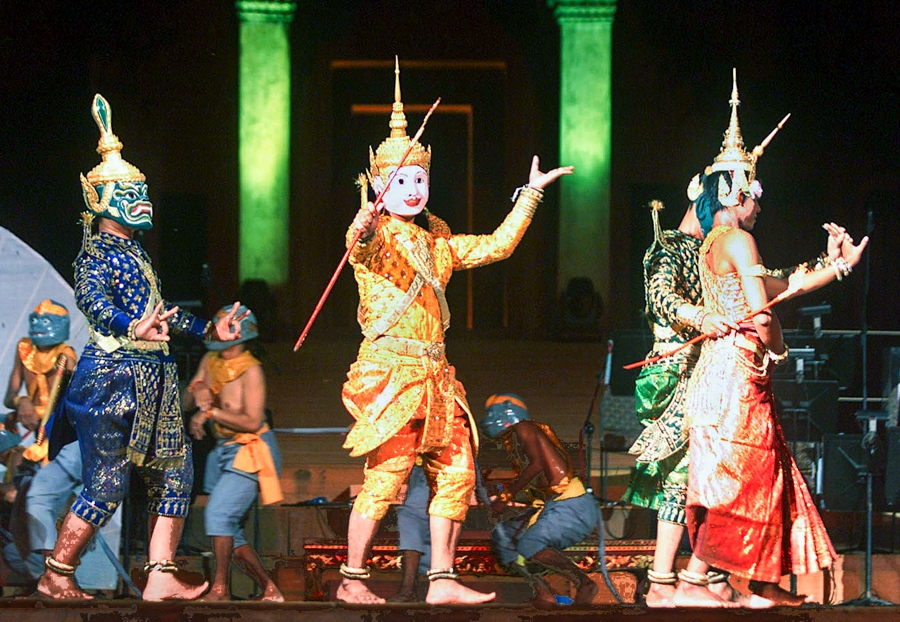 Artists of Cambodia depicting the story of Ramayana on stage[/caption]
Artists of Cambodia depicting the story of Ramayana on stage[/caption] Malaysia's artists depicting the story on stage[/caption]
Malaysia's artists depicting the story on stage[/caption]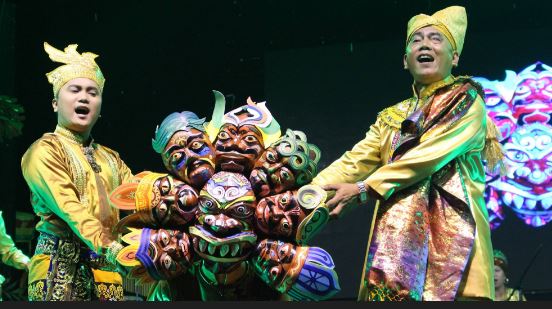 Phillipines' artists depicting the story of Ramayana on stage[/caption]
Phillipines' artists depicting the story of Ramayana on stage[/caption] This is considered to be the remnants of Ravana's Fort in Sri Lanka[/caption]
This is considered to be the remnants of Ravana's Fort in Sri Lanka[/caption]